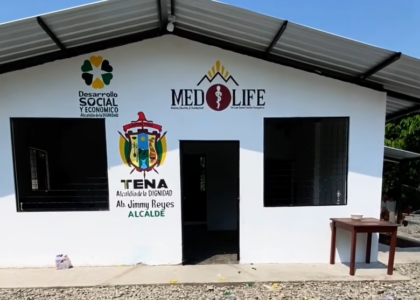When you update your resume after a long period of volunteering, knowing how to list volunteer experience on a resume makes it much easier to sell yourself to potential employers. By treating your volunteer roles like paid work—listing your responsibilities, achievements, and skills gained—you can fill gaps in your employment history and stand out in interviews. Volunteering provides real-world examples to talk about, showcasing your leadership, problem-solving abilities, and teamwork skills. It can be empowering to see how these experiences shape your professional journey.

Why Volunteer Experience Matters
When you include your volunteer work on a resume, you are giving employers exactly what they’re looking for: proof of dedication, a strong work ethic, and your ability to work effectively in a team. Employers today are not just filling a role—they are building a culture, and your volunteer work can reveal personal values like compassion, initiative, and reliability. These traits are increasingly important in the modern workplace.
You might wonder, does volunteering count as work experience? Absolutely. When you volunteer, you often take on real responsibilities, meet deadlines, solve problems, and collaborate with others—all of which are critical skills that employers value just as much as those gained through paid roles.

Where To Place Volunteer Work On Your Resume
If your volunteer experience is directly related to the job you’re applying for, it belongs in the “Work Experience” section. Label it appropriately, perhaps adding “(Volunteer)” after the job title to be transparent. If it’s less directly related, consider placing it under a separate “Volunteer Experience” or “Community Involvement” section.
For example:
Work Experience
Construction Assistant (Volunteer) — Safe Homes Movement
Dates of Service
- Assisted in building affordable housing in Peru.
- Worked alongside local families and professional builders.
To see how volunteering with programs like Safe Homes Movement can strengthen your resume, check out the types of construction volunteer opportunities they offer.

How To Describe Volunteer Experience Effectively
When describing your volunteer experience effectively, think of it the same way you would describe a paid job. Focus on showing not just what you did, but how it made a difference.
- Assisted local builders in constructing safe homes, directly improving living conditions for families in underserved communities.
- Developed new resource guides and training programs for incoming volunteers, helping streamline operations and increase project efficiency.
- Implemented systems for distributing construction materials, which resulted in faster project completion and better resource management.
- Led a team of volunteers on building projects, ensuring deadlines were met and maintaining a motivated, collaborative work environment.
- Organized community workshops and educational sessions, teaching residents about home maintenance and safety, benefiting dozens of families.
Always tie your work back to the positive outcomes it created for the local community to show the true impact of your efforts, especially if you contributed to major projects, such as helping build homes in Central America through volunteer opportunities in Guatemala. Highlight how your efforts improved living conditions, empowered local families, or created safer, more stable environments.
Key Tips For Listing Volunteer Work
When you’re ready to add your volunteer experience to your resume, it’s important to present it in a way that highlights your value. Hiring managers want to quickly see what you’ve done, how it connects to their needs, and the difference you made. Here’s how you can make your volunteer work stand out:
- Be Specific: Mention the organization, your role, dates, and key accomplishments. Concrete details make your experience more credible.
- Tailor It: Match your volunteer skills to the job description. Employers are looking for skills and experiences that fit their open position. By focusing on the most relevant parts of your volunteer work, you show them that you’re already equipped to succeed in the role.
- Use Numbers: If possible, quantify your impact (e.g., “Built 5 homes over 6 months”). Numbers add proof to your story.
Highlight Leadership: Managing teams or projects? Make sure to highlight it. Leadership shows initiative and the ability to work with others, qualities every employer values.

Putting Your Volunteer Experience to Work
Understanding how to list volunteer experience on a resume can give you an edge in today’s job market. Volunteer work demonstrates initiative, community involvement, and professional skills—all qualities employers admire. And when you know how to showcase it properly, it becomes a major asset, not just a footnote.
For anyone looking to deepen their volunteer journey, opportunities like volunteering abroad through Safe Homes Movement offer meaningful ways to build both your resume and your worldview.
Safe Homes Movement - Paving the Way for Housing Solutions
Want to learn more about how volunteering can shape your future? Check out the Safe Homes Movement Brochure and start building your impact today!






